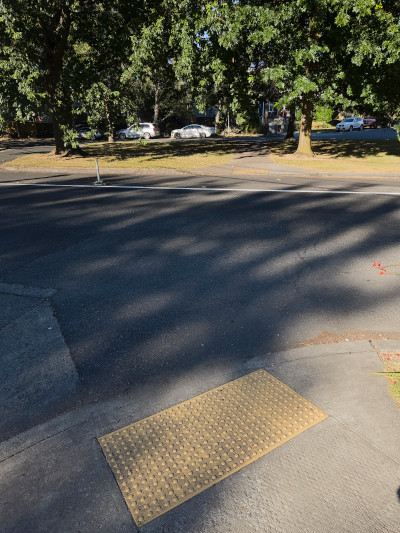The death and live of great American cities is a book by Jane Jacobs. Although it was written in 1961, most of their insights still remain live today.
In the first part, she claims the necessity of maintaining vivid sidewalks because of improving pedestrian health (both physical and psychological), security (for example if a robbery happens in a street with plenty of small stores, shopkeepers will identify and face the bad guy or call the police. Lack of sidewalks reduces people on street), human relationships promote, protection (against cars and bad people since the more eyes in street, the less probable somebody could be something inconvenient like parking a car on a sidewalk), more space to sidewalks means less space for cars, thus less noise, pollution and ultimately deaths, and the opportunity to practice sport when walking or running in contrast to moving by car.
Quietly related, we have confirmed the reduction in the number of small, local stores in neighbors which are being substituted by the same multinational stores you come across in many cities or tourist apartments in the last years. This is an error since less local stores means less community and trust. At the time Jane wrote her book, it was common practice to give her house keys to the fruit seller for relatives who used her house where she was on vacations as a result of trusting him. Few people do it nowadays and we tend to be more individual and distrustful about people. However, social movements and different groups try to revert it and would be beneficial to everybody.
Wide sidewalks allow children to play on them with the approval of parents since in such sidewalks there is plenty of space and lack of cars. Parents fear children playing on pavement precisely of these dangerous one-ton or more machines, not to mention the pollution they produce. Thus, the wider a sidewalk, the better to everybody.
